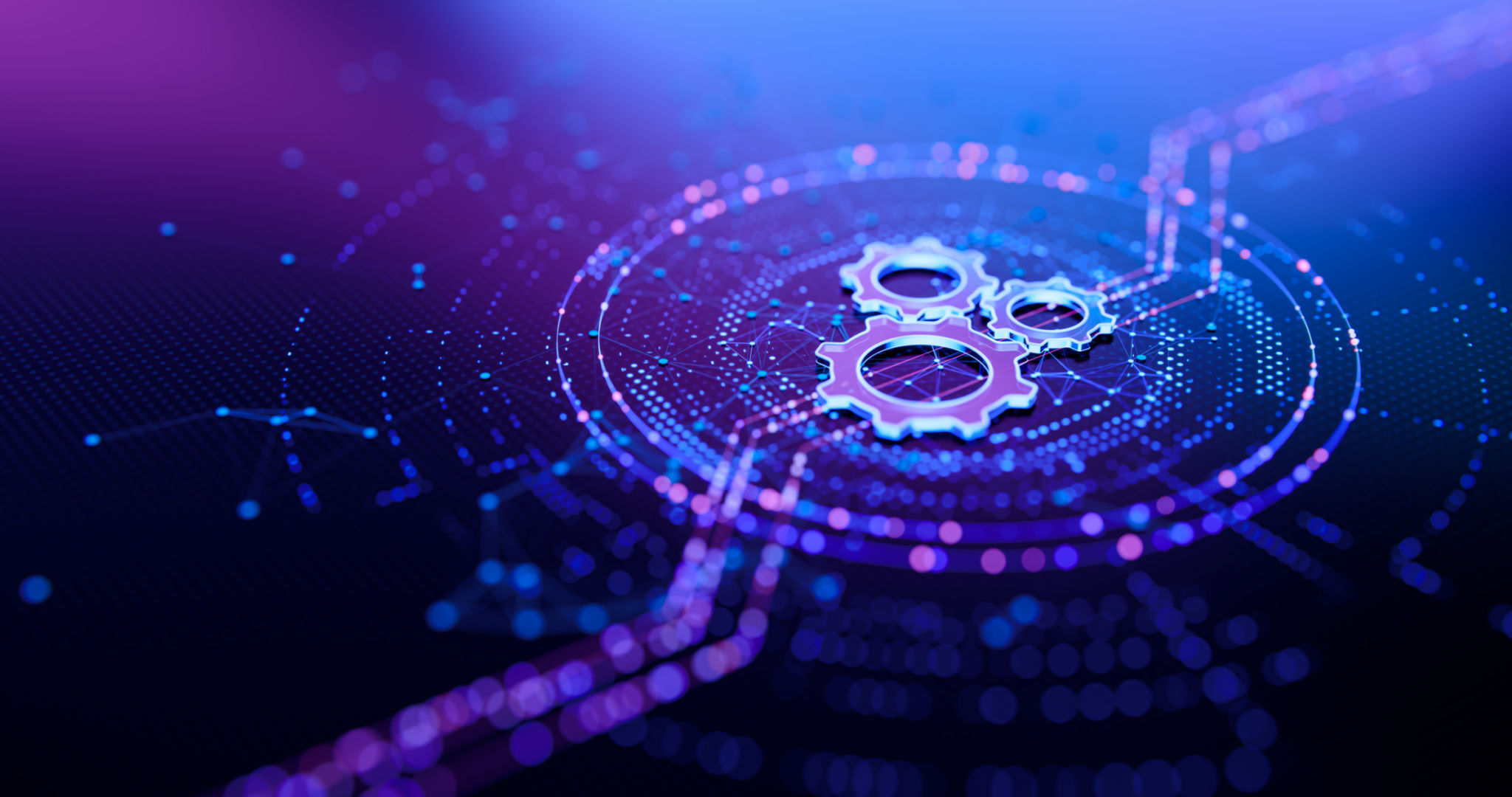Top Cybersecurity Trends: Staying Ahead of the Curve
The Evolving Landscape of Cybersecurity
In today's digital age, cybersecurity is more important than ever. As technology advances, so do the tactics of cybercriminals. Staying ahead of the curve requires an understanding of the latest trends and innovations in cybersecurity. This post explores some of the top trends shaping the future of digital security.
From AI-driven defenses to the growing significance of zero-trust models, businesses and individuals alike must be proactive in their approach to cybersecurity. By embracing these innovations, we can protect our data and networks from increasingly sophisticated threats.

Artificial Intelligence and Machine Learning
Artificial Intelligence (AI) and Machine Learning (ML) are becoming integral components of cybersecurity defense strategies. These technologies enable systems to detect anomalies and potential threats more efficiently than traditional methods. By analyzing vast amounts of data, AI can identify patterns and predict where attacks might occur.
This proactive approach allows for the implementation of real-time threat detection and response, significantly reducing the time it takes to mitigate potential breaches. As AI continues to evolve, its role in cybersecurity will only grow stronger, offering more sophisticated ways to safeguard digital assets.
Automation in Cybersecurity
Automation is another trend gaining momentum in the cybersecurity realm. With the increasing volume and complexity of cyber threats, manual processes are no longer sufficient. Automating routine security tasks frees up valuable resources and allows security teams to focus on more strategic initiatives.

Zero-Trust Security Models
The zero-trust security model operates on the principle of "never trust, always verify." This approach assumes that threats can originate from both inside and outside the network, requiring continuous verification of user identity and device security.
Implementing a zero-trust model involves segmenting networks, encrypting data, and enforcing strict access controls. This comprehensive strategy limits the potential damage from breaches by ensuring that only authorized users have access to sensitive information.

Cloud Security Enhancements
As more businesses migrate to cloud environments, ensuring robust cloud security has become a top priority. Cloud service providers are enhancing their security offerings with features such as encryption, identity management, and secure access controls.
Organizations must also conduct regular assessments of their cloud security posture and work closely with providers to implement best practices. By doing so, they can mitigate risks and protect sensitive data stored in cloud infrastructures.
The Rise of Endpoint Security
With the increase in remote work and mobile device usage, endpoint security has emerged as a crucial cybersecurity trend. Protecting endpoints such as laptops, smartphones, and tablets from cyber threats is essential for maintaining a secure network environment.
Solutions such as mobile device management (MDM) and endpoint detection and response (EDR) are being deployed to monitor and manage endpoint security effectively. These tools help detect suspicious activities and respond to threats before they can cause significant harm.

Human-Centric Cybersecurity
Despite technological advancements, the human element remains a critical factor in cybersecurity. Educating employees about best practices and potential threats is vital for building a robust security culture within an organization.
Training programs, phishing simulations, and regular security updates can empower employees to recognize and respond to cyber threats proactively. By fostering a culture of cybersecurity awareness, organizations can significantly reduce the risk of human error leading to breaches.
In conclusion, staying ahead of cybersecurity challenges requires a multi-faceted approach that embraces cutting-edge technologies and human vigilance. By understanding these key trends, businesses can better prepare for the evolving threat landscape and protect their valuable assets.